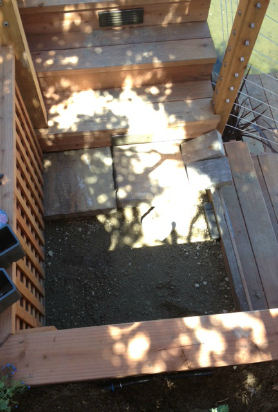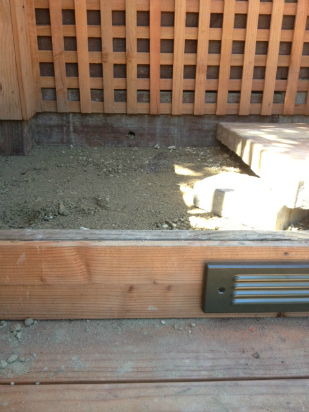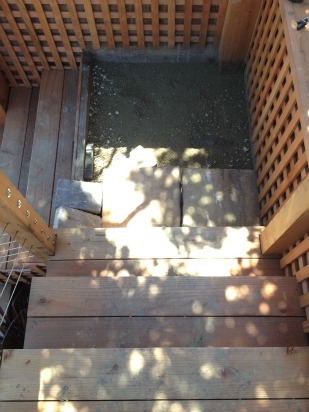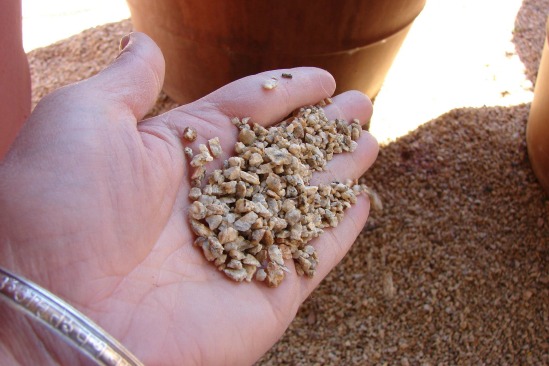Installing Flagstone Patio on Sand and Base Rock
The benefit of installing flagstone patio on sand and compacted base rock is that it is less expensive to build than setting a similar feature on concrete.
Materials List:
1. Shovel
2. Plate compactor or hand tamper
3. Flagstone Material
4. Base Rock
5. Sand
6. Level
7. Hammer and chisel or diamond saw
8. Rubber mallet
9. Leveling board
Steps
The steps for installing flagstone patio on sand and compacted base rock:
1. On graph paper, create a scaled drawing of your design. This is a valuable tool that will allow you to calculate square footages and quantities of materials needed.
2. Call your local utility company and make sure it is safe to dig in your intended work area.
3. Thoroughly clear your site of boulders, unwanted plants, and other debris.
4. Select flagstones that have a relatively uniform thickness so that they produce a level surface. Look for stones that are at least 1 ½ inches thick. (Anything thinner would have to be set over a solid concrete base to prevent cracking.)
5. Excavate your site 3 to 6 inches deeper than the thickness of your flagstones.

6. When excavating for your new patio, make sure to create a slight grade to the surface so that storm water will run away from the house. A good rule of thumb is that for every 5 feet of horizontal run dig the surface 1-inch lower. Use a level for a more accurate slope.
7. Next, add a layer of base rock and then compact the area using a plate compactor. A hand tamper should be adequate for smaller areas. Wetting the base rock a little can help with the compacting process. Next add another layer of base rock, compact it, and then walk on it. When your foot no longer makes an indentation, you can add another layer, repeating the process. For patios and walkways the base should be 4 inches thick once compacted.
8. Add ½ inch to 1-inch layer of setting sand.
9. Sort and separate your flagstones into categories depending on size. Cut stones to fit if needed.
10. Arrange your stones in your excavated space, adjusting their placement until desired effect is achieved. When you setting your flagstones, begin with the thickest ones first.

11. Lay the flagstones so that there is ½ inch to 1-inch space between stones.

12. After the desired arrangement has been achieved, set your stones. This involves standing on the stones or gently tapping them so that they make an impression in the sand.
13. After satisfactorily bedding your stones, fill the joints between them with either gravel, decomposed granite with a stabilizing agent, mortar or plant ground cover to fill gaps so that all the stones are stable.

14. If desired, the stones can now be painted with acrylic sealer, which will give them a wet look, as well as making it easier to keep them clean.